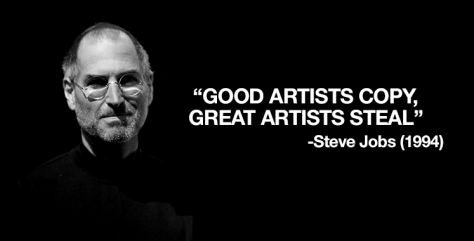June 5, 2019
Conducting competitive benchmarks through users or why should you test your competitors' customer experience
Listening to users and developing the website or app according to the habits and expectations of the target audience is now a must for many companies. Whether prior to a project, during the course of a research study in order to refine and draw the outlines of the project, during the "prototyping" phases to approve the directions taken before the development phase, or again the website or app under development, understanding users' needs has become a real success factor in the launch of a product.
Yet knowing your competitors' methods can also be a key factor of success, and few companies undertake testing on any medium other than their own tools. There are many reasons for this:
In the past, studies were long and costly and did not inspire companies to invest in testing competing websites or apps due to a lack of time and/or budget. With remote testing and the flexibility with which we conduct our studies, it is now possible to test several competitors in one to two weeks and benefit from directly usable results.
Yet knowing your competitors' methods can also be a key factor of success, and few companies undertake testing on any medium other than their own tools. There are many reasons for this:
- the fear of investing in a study with results that are expected to be more difficult or less useful,
- the determination to be different from the competition and therefore not to be inspired by its methods,
- the lack of time and means available for product-oriented studies.
In the past, studies were long and costly and did not inspire companies to invest in testing competing websites or apps due to a lack of time and/or budget. With remote testing and the flexibility with which we conduct our studies, it is now possible to test several competitors in one to two weeks and benefit from directly usable results.
That's why we believe that studying the habits of one's sector can be a real plus, here's why:
1. Understanding the strong points of the sector's players: an inspiring factor
Whatever the stage of your project, an inspiration source is always welcome. For this reason, you usually browse and navigate on competitor's websites and apps. This is a first step towards a competitive benchmark, since with your understanding of the sector and your product you will easily identify what you think are the strengths of the competitor's product. However, tomorrow, you will not be the user of these products, or at least a user with a biased view due to your knowledge of the sector.
Getting a neutral perspective from a user corresponding to your target on a competing product will teach you more than your own analysis.
Due to this feedback and the habits that you will observe in the user, you will be able to analyze and potentially confirm and complete your own analysis by these strengths brought up by the user that you would not have otherwise been able to assess. You will therefore start with concrete examples in terms of design and navigation in order to avoid "writer's block".
2. Identify competitors' weaknesses in order to identify potential competitive advantages
If knowing the strengths of your competitors to use them as inspiration is essential, it's also essential to identify their weaknesses. It is in fact the latter that will allow you to determine the elements of your product that you can highlight in order to make it a differentiating element. It's also the user who will inform you of the importance given to this element and who will allow you to evaluate and prioritize your efforts in order to focus on the aspect to be developed that will bring a real competitive advantage to your product.
Moreover, it also saves time with regard to the competition, because you will be able to identify upstream the mistakes you should not make.
To take things further: check out Marie's presentation from Credit Agricole on chatbot benchmarks.
3. Identify the best-in-class and their leading habits
Innovations and developments in terms of UX are evolving exponentially, and there are always the best-in-class for each period of a product or service. The latter are most often the ones we seek to copy or draw inspiration from. But sometimes the discrepancy in development may seem overwhelming to you. Testing and analyzing user feedback will allow you to understand what their leading habits are and what are those little extras that you can capitalize on behind the scenes.
4. Highlighting customer satisfaction in relation to specific features
Despite all the research studies you may have conducted so far, you will sometimes omit features that are essential in the development of your product. Things that don't seem important to you because without seeing them, users wouldn't necessarily think about them. But, when you will face them with some features of a competitor's site that will not be developed on yours, it could represent a real strong point for them.
If we were to resume in 3 key points why test your competitor's customer experience, we would do so as such:
- It's only by knowing your "enemy" that you will identify your main points of difference and therefore your future competitive advantages.
- It's important to learn from our mistakes, but it's even more important to learn from the mistakes of others so that we don't make them ourselves.
- Quickly identify innovative features that really work to be able to react promptly.
All articles from the category: User research user testing | RSS

